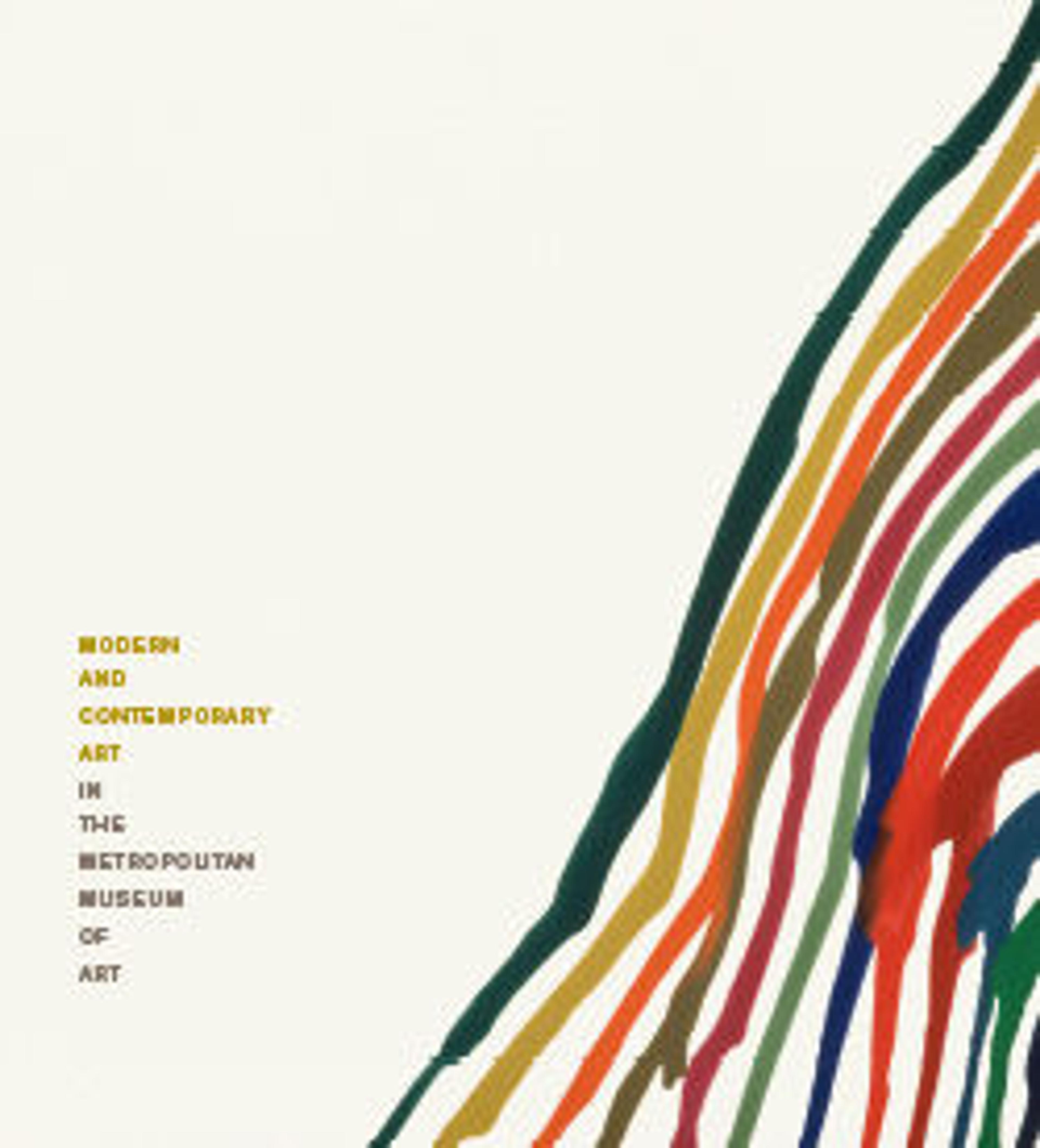Alphabet No. 2
Known for work that combines elements of Arabic calligraphy and African ornament and sculpture, Salahi was a leading figure of the Khartoum School, an art movement concerned with the production of a new Arab-African national aesthetic following Sudan’s independence in 1956. The artist has also described his paintings of this period as "things that had been created and that appeared to me and I reproduced them." This is reminiscent of Qu’ranic revelation, as well as of the Surrealists’ interest in visions and automatism, a technique in which the artist ceded conscious control to allow the creative forces of the unconscious to act. Here, the religious text and iconographic elements such as the openmouthed faces and the wheel or spoked circle evoke the sounds of recitation often associated with mourning, suggesting that the work is meant to be "heard," as well as seen.
Artwork Details
- Title: Alphabet No. 2
- Artist: Ibrahim El-Salahi (Sudanese, born 1930)
- Date: 1962; reworked 1968
- Medium: Oil on canvas
- Dimensions: 29 3/8 × 24 3/4 in. (74.6 × 62.9 cm)
- Classification: Paintings
- Credit Line: Purchase, Lila Acheson Wallace Gift, 2016
- Object Number: 2016.252
- Rights and Reproduction: © 2025 Artists Rights Society (ARS), New York
- Curatorial Department: Modern and Contemporary Art
More Artwork
Research Resources
The Met provides unparalleled resources for research and welcomes an international community of students and scholars. The Met's Open Access API is where creators and researchers can connect to the The Met collection. Open Access data and public domain images are available for unrestricted commercial and noncommercial use without permission or fee.
To request images under copyright and other restrictions, please use this Image Request form.
Feedback
We continue to research and examine historical and cultural context for objects in The Met collection. If you have comments or questions about this object record, please contact us using the form below. The Museum looks forward to receiving your comments.
